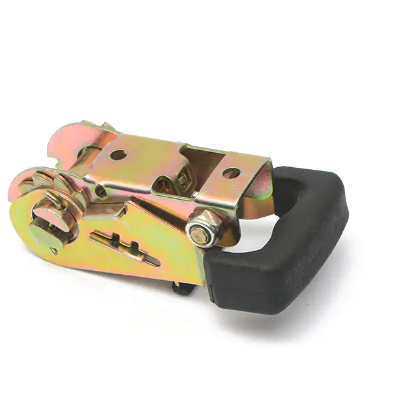No.2 new District Minglun Village,Wuxiang Town,Yinzhou District
-

Tel: +86 18658447778
-

E-mail: [email protected]
-


I. Safety regulations during operation
Set the direction of the metal ratchet buckle (clockwise/counterclockwise) through the two-way switch button or rotating the adjustment ring to ensure that it is consistent with the operation requirements (such as disassembly or tightening). After adjustment, it is necessary to manually test whether the lock is firm to prevent the direction switch caused by accidental touch. During use, keep the force direction consistent with the ratchet axis to avoid uneven force on the gears due to lateral pulling. Excessive impact can easily cause the ratchet teeth to crack (such as tool transmission mechanism), and gentle and continuous force is safer.
II. Inspection and preparation before use
Confirm that there are no cracks, deformations or tooth wear on the surface of the ratchet buckle (especially pay attention to tools used for a long time) to avoid slippage or breakage due to structural defects. Check whether the locking mechanism (such as spring leaves and hooks) is flexible and effective to ensure that it can be locked normally when pressed or slid. Choose a metal ratchet buckle with the appropriate number of teeth according to the purpose.
III. Environmental and maintenance requirements
Prefer stainless steel or plated materials in humid environments, wipe them with a soft cloth regularly and apply anti-rust oil. Metal ratchet buckles need to be cleaned regularly to prevent oil from reducing friction and causing slippage.
Regularly lubricate the ratchet mechanism with oil (such as watch oil or special grease), and focus on lubricating the contact surface between the teeth and the spring sheet.
When not in use for a long time, the locking mechanism (such as the tool transmission mechanism) needs to be loosened to prevent the spring sheet from being deformed under long-term pressure.